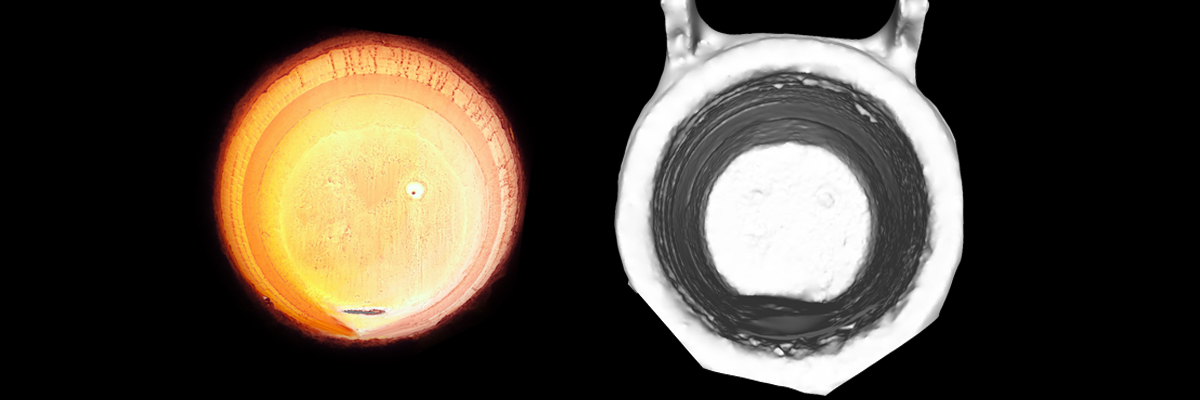Data-based 3D modelling, or photogrammetry, is one of the methods we use to monitor the condition of refractory linings and assess any abnormal wear. It is suitable for this purpose if the modelled object meets the criteria for measurements: even lighting, a static shape and an antireflective surface.
Nowadays, the threshold for photogrammetric measurement and modelling is low. The method is relatively fast. It only takes a few minutes to collect the data, and from a few dozen minutes to a few hours for the computation software to complete the modelling. The advantages of topographic 3D modelling also include an easy and quite inexpensive deployment. You can get started with a simple camera phone and gradually upgrade the equipment as required. Modelling software is available for free or for a fee.
Modelling is often carried out to determine changes in a lined structure, such as normal or abnormal wear. This information is easily accessible, as the models can be scaled to the appropriate proportion. In the 3D model, measurements can be taken of the lined structure, and any wear and tear detected in it can be analyzed. Scaling also enables the object’s volume to be analyzed, which means that wear in the lining can be detected based on changes in volume. A good example of this is the determination of tundish volume as a function of the casting number, which provides information about the lining’s wear during the casting process.
Photogrammetry also helps avoid the use of linings that are in too poor a condition in the metallurgical process, which improves both safety at work and material efficiency.
Interested? Please contact us to learn more!

